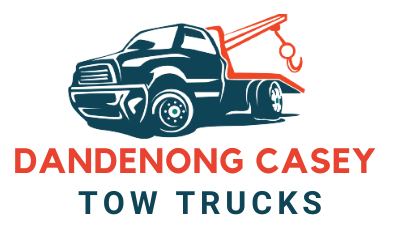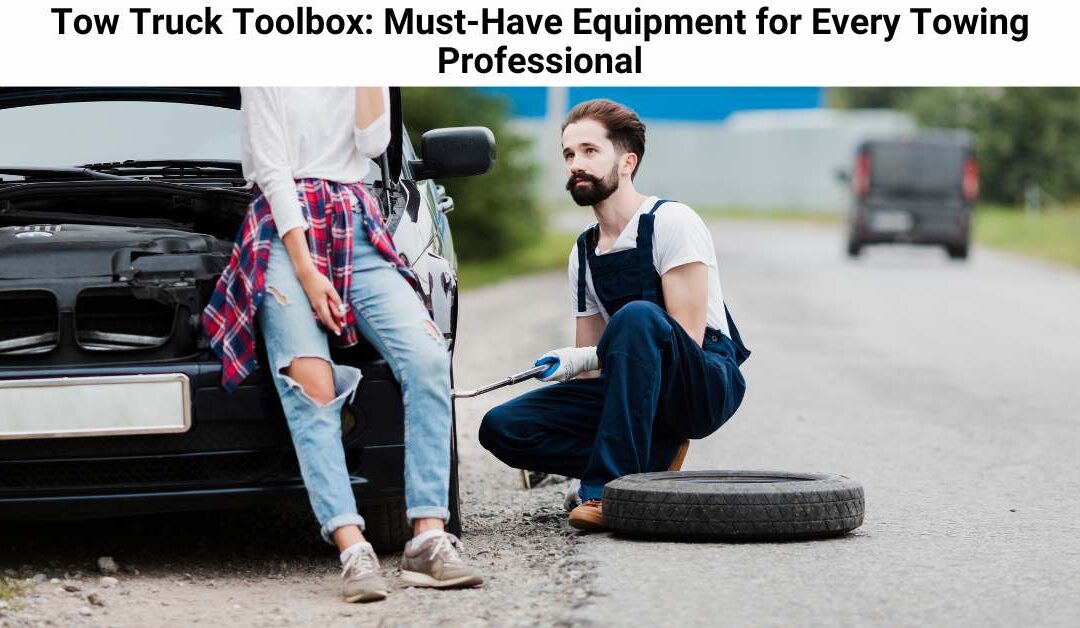Towing professionals are often called upon to handle a variety of roadside situations, from simple breakdowns to complex accident recoveries. To do so efficiently and safely, they rely on a well-equipped tow truck toolbox. The right tools and equipment not only ensure that the job is done quickly but also reduce the risks involved in towing and vehicle recovery. This article outlines the must-have equipment that every towing professional should have in their toolbox.
1. Tow Straps and Chains
One of the most essential items in a tow truck toolbox is a collection of heavy-duty tow straps and chains. These tools are used to secure vehicles during transport, ensuring they stay in place without causing damage. Tow chains are especially useful for heavy-duty vehicles or when towing over long distances, while straps are often preferred for more delicate situations. Professionals must always carry a variety of options with different weight limits to handle different vehicles.
2. Winch and Winch Cable
A powerful winch is a vital piece of equipment for many towing jobs, especially when dealing with vehicles that are stuck in mud, water, or on steep inclines. A winch is used to pull vehicles out of difficult situations by attaching the winch cable to the vehicle and slowly pulling it to safety. Tow truck operators should always ensure their winch and cable are in good working order and rated for the weight of the vehicles they are recovering.
3. Tire Changing Tools
Flat tires are a common reason for roadside assistance calls, and being able to quickly change a tire is a crucial skill for any towing professional. A high-quality tire iron, jack, and lug wrench are necessary for removing and replacing tires efficiently. Some towing professionals also carry a portable air compressor to inflate tires on the spot, making the job even easier for drivers waiting for assistance.
4. Safety Equipment
Safety is a top priority in the towing industry, and towing professionals must always be prepared to handle dangerous situations. Must-have safety equipment includes high-visibility vests, flashlights, cones, and reflective warning signs to alert other drivers and protect both the towing crew and the stranded driver. Additionally, having a first aid kit on hand is essential in case of any minor injuries that might occur during the job.
5. Hydraulic Lifting Tools
For heavy-duty towing and recovering large vehicles, hydraulic lifting tools are crucial. These include hydraulic jacks and lifts that help raise vehicles safely and efficiently, especially when dealing with disabled or overturned trucks, buses, or construction vehicles. These tools enable towing professionals to handle even the most challenging jobs by providing the necessary lifting power without causing damage to the vehicle.
6. Airbag Lifting Systems
Airbag lifting systems are becoming increasingly popular for use in delicate recoveries, such as when a vehicle is stuck in mud or positioned awkwardly on a slope. These inflatable airbags are placed under the vehicle and inflated to lift it off the ground, allowing towing professionals to position the vehicle safely for recovery. Airbag systems are particularly useful for preventing damage to vehicles during complex or precarious lifts.
7. Jumper Cables and Battery Packs
A dead battery is another common issue on the road, and having the right equipment to jump-start a vehicle is vital. High-quality jumper cables or portable battery packs allow towing professionals to quickly get a car back on the road without needing to tow it to a service station. Battery packs, in particular, provide a more flexible option as they can be used even when another vehicle isn’t available to assist with jump-starting.
8. Flatbed Equipment and Rollback System
For towing larger or more fragile vehicles, flatbed tow trucks and rollback systems are essential. These systems allow a vehicle to be driven or winched onto a flat surface, preventing damage during transportation. Flatbed systems are especially useful for high-end or low-clearance vehicles, as they ensure that the vehicle is transported without scraping the undercarriage.
9. Vehicle Recovery Tools
Towing professionals often encounter challenging situations where more than just a basic tow is required. Recovery tools such as shovels, mud mats, traction boards, and high-lift jacks are indispensable for handling tough situations like vehicles stuck in deep snow, mud, or sand. These tools help tow operators free vehicles by providing extra grip or lifting power, making difficult recoveries possible.
10. Diagnostic Tools
When a vehicle breaks down, towing professionals may need to identify the issue to determine the best course of action. Diagnostic tools such as OBD2 scanners allow them to read error codes from a vehicle’s computer system, helping pinpoint problems that could be preventing the car from starting or running correctly. Having diagnostic tools onboard ensures that operators can quickly assess the situation and decide if towing or repair is necessary.
Conclusion
A well-equipped toolbox is crucial for every towing professional to ensure efficiency, safety, and reliability. The equipment mentioned above covers the most essential tools needed to handle a variety of towing jobs, from basic breakdowns to complex vehicle recoveries. By having the right tools at their disposal, towing professionals can tackle any challenge with confidence and deliver the highest standard of service to their customers.


Recent Comments